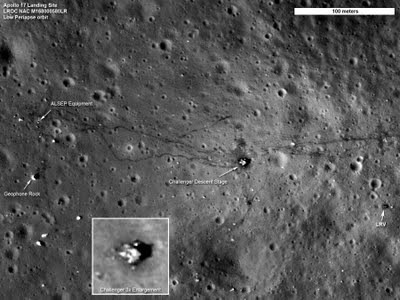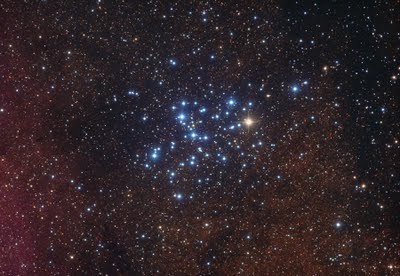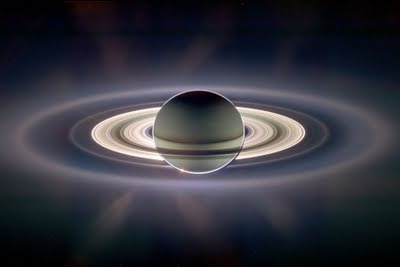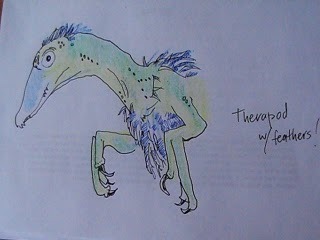Eleanor Arnason's Blog, page 69
September 16, 2011
Weather
We've had two-three days of wonderful cool, bright weather. This morning is gray, but still cool. I'm going to the Y for exercise soon. After that, I have nothing on, except maybe a trip to the library and -- tonight -- a lecture by Terry Bisson, who is in town for an anarchist book fair. Terry is one of my favorite SF writers, so this should be fun.
Otherwise, I am rereading my Lydia Duluth stories, before doing a final revision of the two new ones, and doing a final source check of my new Icelandic story, before giving it to my writing group.
I keep having this restless feeling that I want to write something new -- maybe a fantasy novel. Maybe YA. Something fun and adventurous. No clear ideas have emerged. We will see.
It takes me a long time of mulling, before things actually happen.
Otherwise, I am rereading my Lydia Duluth stories, before doing a final revision of the two new ones, and doing a final source check of my new Icelandic story, before giving it to my writing group.
I keep having this restless feeling that I want to write something new -- maybe a fantasy novel. Maybe YA. Something fun and adventurous. No clear ideas have emerged. We will see.
It takes me a long time of mulling, before things actually happen.
Published on September 16, 2011 07:22
September 9, 2011
Picture (Not Stars)
Published on September 09, 2011 16:08
Say's Law
I was going to do a post on Say's Law and supply side economic theory, which is what the serious people in Washington all seem to follow. But then I decided, why bother?
Published on September 09, 2011 10:28
September 8, 2011
Weather Report
A lovely day, a bit on the warm side -- 83F right now -- but dry, with a light wind. I walked by the river and looked at the planting around the Science Museum. Trees are turning just a little; milkweed pods are releasing fluff; goldenrod is blooming like crazy and the bees are going nuts collecting pollen. The air smells of dry vegetation. Late summer insects are making nosies in the grass.
It's cheering to be outside.
It's cheering to be outside.
Published on September 08, 2011 14:17
NASA APOD

This view of the Apollo 17 landing site in the Taurus-Littrow valley was captured last month by the Lunar Reconnaissance Orbiter (LRO), the sharpest ever recorded from space. The high resolution image data was taken during a period when LRO's orbit was modified to create a close approach of about 22 kilometers as it passed over some of the Apollo landing sites. That altitude corresponds to only about twice the height of a commercial airline flight over planet Earth. Labeled in this image are Apollo 17 lunar lander Challenger's descent stage (inset), the lunar rover (LRV) at its final parking spot, and the Apollo Lunar Surface Experiments Package (ALSEP) left to monitor the Moon's environment and interior. Clear, dual lunar rover tracks and the foot trails left by astronauts Eugene Cernan and Harrison Schmitt, the last to walk on the lunar surface, are also easily visible at the Apollo 17 site.
I think NASA posts photos like this to make us feel bad. Where is our observatory on the moon? Where is our journey to Mars?
Published on September 08, 2011 10:24
Question for the Day
Sometime when I was very young, I noticed that as a nation moved toward a transforming crisis -- France at the end of the 18th century, Russia at the start of the 20th century -- the person in charge was an idiot. The question I had was -- did the crisis generate the idiot, or did the idiot make sure the crisis could not be solved? Looking at the US today, I still don't have an answer to the question.
Published on September 08, 2011 10:21
September 6, 2011
Freedom and Information
Notice -- when we talk about information and freedom, as I was earlier -- that two meanings of the words are entangled; and the Obama Administration is enforcing two kinds of laws. One group is laws that limit information in the interests of security and state power; the other group is laws that control information in the interests of property.
In one case, free means "not imprisoned or enslaved, at liberty" or "not subject to arbitrary interference by a government." In the other case, free means "costing nothing; gratuitous."
In the first case, the opposite of free is "subject to arbitrary interference by a government." in the second case, the opposite of free is "owned" or "costing money."
Two different meanings, having to do with property and political rights. But they are interwoven.
In the end, I suspect, they cannot be separated, and that it's impossible to have expansive property rights -- ones that extend beyond personal belongings and the tools one works with -- and political freedom at the same time.
Maybe for a while. But in the end, property will overwhelm freedom.
In one case, free means "not imprisoned or enslaved, at liberty" or "not subject to arbitrary interference by a government." In the other case, free means "costing nothing; gratuitous."
In the first case, the opposite of free is "subject to arbitrary interference by a government." in the second case, the opposite of free is "owned" or "costing money."
Two different meanings, having to do with property and political rights. But they are interwoven.
In the end, I suspect, they cannot be separated, and that it's impossible to have expansive property rights -- ones that extend beyond personal belongings and the tools one works with -- and political freedom at the same time.
Maybe for a while. But in the end, property will overwhelm freedom.
Published on September 06, 2011 10:57
Writing News
The current (October/November) issue of Asimov's has a story by me: "My Husband Steinn."
And the 28th edition of "The Year's Best Science Fiction" includes my "Mammoths of the Great Plains."
"Steinn" is a story based on Icelandic folklore and on the giant hydroelectric project in Eastern Iceland.
"Mammoths" is "Mammoths."
Other than that, I am trucking along on new Lydia Duluth stories and new hwarhath stories, and thinking of going back to a story I began year ago, titled "Nine Red Princes and a Yellow Demon."
And I still have to finish revising the sequel to Ring of Swords.
And the 28th edition of "The Year's Best Science Fiction" includes my "Mammoths of the Great Plains."
"Steinn" is a story based on Icelandic folklore and on the giant hydroelectric project in Eastern Iceland.
"Mammoths" is "Mammoths."
Other than that, I am trucking along on new Lydia Duluth stories and new hwarhath stories, and thinking of going back to a story I began year ago, titled "Nine Red Princes and a Yellow Demon."
And I still have to finish revising the sequel to Ring of Swords.
Published on September 06, 2011 10:04
NASA APOD

To some, the outline of the open cluster of stars M6 resembles a butterfly. M6, also known as NGC 6405, spans about 20 light-years and lies about 2,000 light years distant. M6 can best be seen in a dark sky with binoculars towards the constellation of Scorpius, coving about as much of the sky as the full moon. Like other open clusters, M6 is composed predominantly of young blue stars, although the brightest star is nearly orange. M6 is estimated to be about 100 million years old. Determining the distance to clusters like M6 helps astronomers calibrate the distance scale of the universe.
Published on September 06, 2011 09:59
September 4, 2011
NASA APOD

In the shadow of Saturn, unexpected wonders appear. The robotic Cassini spacecraft now orbiting Saturn drifted in giant planet's shadow for about 12 hours in 2006 and looked back toward the eclipsed Sun. Cassini saw a view unlike any other. First, the night side of Saturn is seen to be partly lit by light reflected from its own majestic ring system. Next, the rings themselves appear dark when silhouetted against Saturn, but quite bright when viewed away from Saturn, slightly scattering sunlight, in this exaggerated color image. Saturn's rings light up so much that new rings were discovered, although they are hard to see in the image. Seen in spectacular detail, however, is Saturn's E ring, the ring created by the newly discovered ice-fountains of the moon Enceladus and the outermost ring visible above. Far in the distance, at the left, just above the bright main rings, is the almost ignorable pale blue dot of Earth.
Published on September 04, 2011 07:27
Eleanor Arnason's Blog
- Eleanor Arnason's profile
- 73 followers
Eleanor Arnason isn't a Goodreads Author
(yet),
but they
do have a blog,
so here are some recent posts imported from
their feed.




